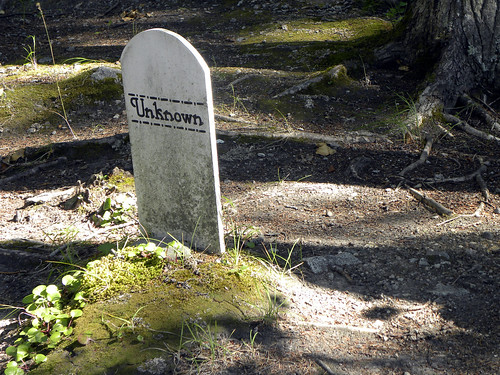A couple years ago, I went with friends to see The Magic Flute, as directed by Julie Taymar, via The Met in HD, which is–as you may guess–a satellite broadcast of a Metropolitan Opera show to a local movie screen. We walked into the theater, and they had a live feed from the house–the curtain, the stage, the people filing into their places, chattering with anticipation. The sound was perfect, the crowd infectious. I started to get excited. Then weirdness set in. The gorgeous red ranks of the seats, rising to the balconies, up, up, up, were not merely lovely. They were also familiar.
I stopped dead. “I’ve been here,” I said. But I hadn’t. This was before our New York trip.
“Me too!” Kelly agreed.
(Irrelevant pictorial interlude.)

We looked more closely. The memory sharpened. Flames. People burning… what the hell? Then, one of us, I’m not sure who, said: “Parasite Eve .”
.”
Parasite Eve is a horror video game we owned back in our pre-Wii days. It opens with a beautifully animated sequence (which of course can be had on Youtube, Chaos but I loves me my Intrawebs) set at the Met. After the carnage, you scramble around the theater, killing monsters and hunting for clues backstage. That’s right: cartoon memories of a virtual experience were intruding on… well, another virtual experience. I was still in Vancouver, after all, experiencing the opera at a remove.
Constructions of reality. Fake memories of real places, formed in one’s living room. Real memories of simulated real places? Untangle that knot for me, Gordian.
Later, after Parasite Eve, there were MMORPGs. Asheron’s Call, first and most–I played so much I was in game when I learned about the 9/11 attacks.
I am the kind of player who sets their character to running and then bumbles around the landscape, checking the map a lot and hoping I’m not too lost. In the real world, I build up landmarks and figure out where I’m going… if not easily, at an acceptable rate. Computer worlds have a little too much repetition, I suppose. Anyway, I learn the fake contours of these game landscapes quite slowly.
Maps, on the other hand? Can barely read ’em. I can use one to navigate from place from place once I have a route worked out, but I essentially lack the gift for looking at a map and being able to imagine the terrain in 3d. Or any other d, for that matter.
What does this have to do with our recent cruise stop at Skagway? (Mmmm, Skagway. Check out their Tourist Info Center.)

Nice, huh? Okay, here comes my point: Google Street View rocks the universe.
GSV looks to my gamer brain like a slower, more varied, disappointingly monster-free version of Worlds of Warcraft. You can tool around in the real world from the comfort of your couch, using your iPod. How cool is that? In the past month, I’ve spent just enough time in virtual Skagway that I knew what it looked like before I ever got there. I was able to tell where a few key things were located before we ever landed. I knew we would be able to walk off the ship and straight into the funky smalltown cool.
Street View doesn’t take all the fun out of exploring, at least not for me. It doesn’t go into buildings or down the various little wooded paths. We and one set of cousins hiked off their grid pretty quickly on our way out to the Klondike Cemetery, where I got my favorite shot of the day:

Behind the cemetery was the waterfall. I did in fact shoot the waterfall, but the thing I found really compelling was the colony of Daddy Long Legs on this bunch of Devil’s Club berries (sorry, arachnophobes):

Finally, as we reach the end of a very rambly post, here’s a tourist tip for the caffeine-addicted: if Chowhound says an Alaska coffeeshop has the real goods in 2009, there’s no guarantee the same place will exist a year later. However, the Ketchikan Coffee Company looks like it’s there year-round, and they brew very well indeed.
![]() Kelly‘s entries on William Shatner’s album Has Been
Kelly‘s entries on William Shatner’s album Has Been, Michael Bishop’s Brittle Innings
, and DD Barant’s Dying Bites
. Seriously. What she says about Shatner will make you snort chocolate milk through your nose.
will be out in a few short days.


















